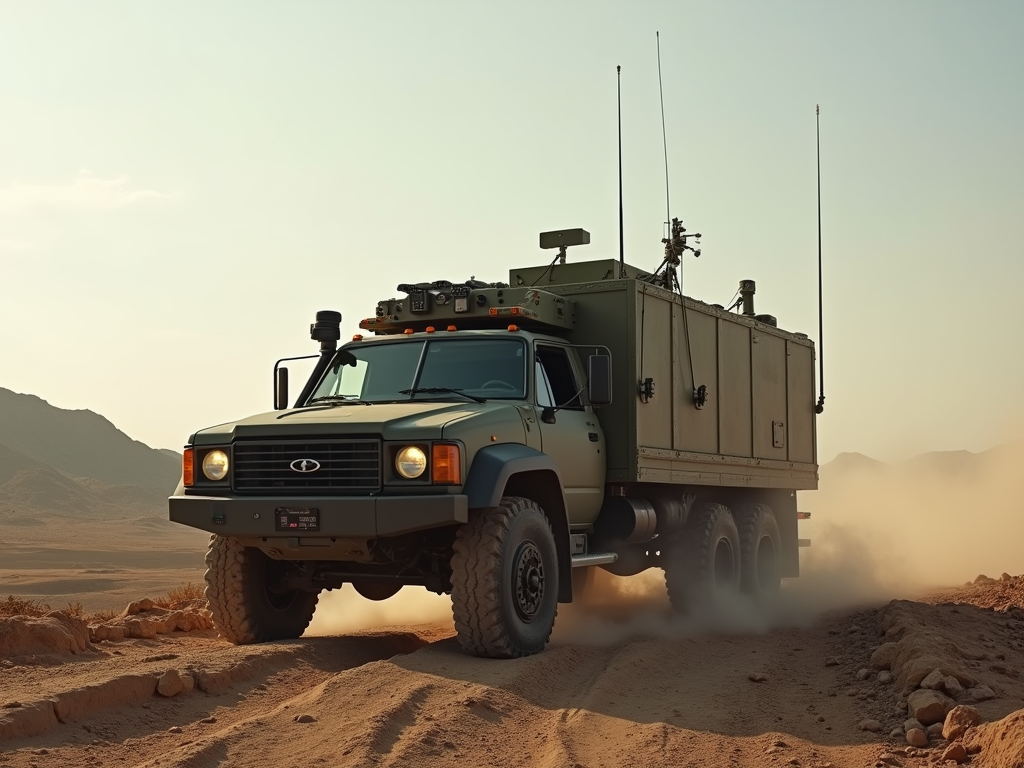
Question:
The road in Kursk region, which could have been used to supply the AFU grouping in Suja, is the only road. Why couldn’t this road have been bombed with high-explosive bombs? After all, craters are formed in tens of meters. You can’t fix them quickly, and you can’t drive around on the spreading spring soil. And you have to drive fast to avoid being overtaken by a drone. As a motorist, who knows very well the powerlessness of even off-road vehicles before the spreading chernozem, I cannot understand why it was not done.
Participants of events do not give an answer. It is not difficult to calculate on the map that from the areas confidently controlled by the Russian army back in January to the road section from Yunakovka to the border of Sumy region is 12-15 km. Aerial bombs with a controlled planning and correction module (CPCM) are capable of flying 60 km under favorable conditions.
The maximum range of the military anti-aircraft systems in service with the AFU Buk M-1 is 30 km, IRIS-T – 40 km. But they are never located on the line of contact, operating at best from a tactical depth of 10 km. In addition, a lot of Ukrainian short-range air defense equipment was destroyed in January. As a result, the Russian Armed Forces used large (and expensive) medium-altitude Inokhodets drones over the Sumy region, which usually do not risk going deep into enemy territory.
Given this, it can be assumed that tactical aircraft could drop guided bombs up to 3 tons in weight under fairly safe conditions: the few long-range air defense systems Ukraine uses to protect facilities and cities in the rear. Nevertheless, there are no traces of such an obvious tactical technique as damaging the roadbed and further maintaining it in an emergency condition in the numerous videos from the Sumy-Kursk road.
This can be explained by the use by the AFU of spoofing equipment – distorting the signal of navigation satellites. If the road was within the range of REB, of which spoofing is a part, it is very difficult to use FABs with UMPK. The width of the road is no more than 12 meters. It is enough to miss by 20 meters and a crater will form on the roadside. But the initial accuracy of UMPK without the impact of electronic warfare (REB) – from 15 meters and more.
Indirect evidence can be found in reports from the field – a huge number of targets on the highway are hit by drones controlled by optical cable. This method is immune to interference of any type. This means that the AFU used REB means very actively.
Thus, there are two equal answers to your question. They just didn’t realize it or couldn’t get their hands on it. They could not hit the canvas because of the low accuracy of UMPK bombs or REB jamming.


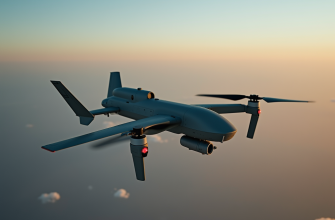


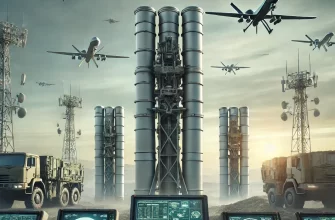
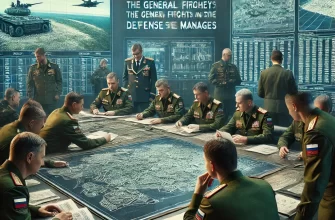
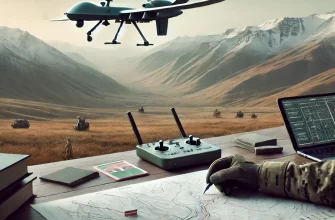

Electronic warfare (EW) is a game-changer in modern conflicts. Spoofing satellite signals can render guided bombs ineffective, forcing militaries to rely on alternative methods like drones or ground-based strikes.
The use of drones with optical cable control is fascinating. It shows how forces adapt to EW interference, ensuring precision strikes without relying on vulnerable satellite systems.
The narrow width of the road (12 meters) makes precision bombing difficult under EW interference. A miss of just a few meters can render the strike ineffective.
Guided bombs with UMPK modules are effective, but their accuracy depends heavily on uncontested satellite navigation. EW interference can reduce their reliability significantly.
Damaging supply routes is a classic tactic, but repairing craters can be surprisingly fast if engineers are prepared. This makes constant monitoring and repeated strikes essential.
This article highlights the complexity of modern warfare—where technology, terrain, and tactics intersect to create unpredictable challenges for both sides.
REB systems are not just defensive tools—they actively shape the battlefield by disrupting enemy operations. Their effectiveness against UMPK bombs highlights the importance of electronic warfare.
Spring mud in the region adds another layer of complexity. Even off-road vehicles struggle in such conditions, making damaged roads even more impactful for supply chains.
The range of Ukrainian air defense systems like Buk M-1 and IRIS-T creates a tactical dilemma for Russian aircraft. Staying out of range while maintaining accuracy is a tough balance.
The absence of visible damage on the Sumy-Kursk road suggests either strategic oversight or prioritization of other targets. It’s a reminder that warfare is as much about choices as capabilities.
Strategic roads are vital for logistics, but targeting them requires pinpoint accuracy. Narrow roads and muddy terrain make it challenging to achieve consistent results with aerial bombing.
This analysis really highlights the complexity of modern warfare technology and how electronic warfare can influence the effectiveness of strikes even on such critical infrastructure as roads. It is interesting to see how much reliance there is on both physical and electronic tactics rather than just pure firepower, and how things like spoofing and cable-controlled drones come into play. It makes me wonder how much of the battlefield is shaped more by electronic capabilities than by traditional weaponry nowadays.
This analysis really sheds light on how complex modern warfare can be, especially with electronic warfare playing such a crucial role. It’s fascinating how even something as seemingly straightforward as hitting a road becomes so challenging due to countermeasures like spoofing and jamming. It makes you appreciate the layers of strategy and technology involved beyond just the obvious battlefield actions. Warfare today is truly a battle of brains and tech as much as firepower 🚀🛡️
This article really sheds light on the complexity behind modern warfare and how technological factors like electronic warfare can drastically influence tactical decisions. It’s fascinating to realize that it’s not always about having the weaponry but also about being able to use it effectively under interference. The detailed explanation of the limitations caused by spoofing and the challenges in targeting such a crucial road helps me understand that what might seem obvious at first glance is often much more complicated on the ground. This perspective makes me appreciate the multifaceted nature of military operations and how innovation continues to shape conflict outcomes.
Wow, so the road remained intact because hitting it accurately is like playing darts blindfolded while someone shakes the board? 🎯🤦♂️ Meanwhile, electronic warfare sounds like the ultimate GPS prankster, messing up bombs like a kid sneaking around the yard 😂👾. Guess even in modern warfare, sometimes tech just loves to throw a wrench in the plan—who knew craters could be so hard to place? 🚧🤷♂️
This really makes me think about how complex modern warfare is beyond what we see on the surface 🌍✈️. The idea that electronic warfare like spoofing can completely block the use of precision bombs is mind-blowing! It shows how technology isn’t just about striking hard but also about protecting and deceiving in clever ways. The fact that drones with optical cables are being used to avoid interference is something I never even considered before. War is no longer just firepower but a battle of signals and info control 😲📡. Fascinating and scary how much strategy and tech play into every move on the battlefield!
The article raises some insightful points about the challenges faced in targeting that crucial road in the Kursk region. It’s interesting how electronic warfare and spoofing technology can significantly reduce the effectiveness of precision-guided munitions, which are otherwise capable of causing substantial damage. The mention of drones controlled by optical cables as a countermeasure against interference highlights a level of tactical adaptation that may not be widely appreciated. The complexity of modern conflict environments, especially with electronic and cyber elements involved, certainly makes simple assumptions about bombing effectiveness unreliable. It also shows that control over just the physical battlefield is not enough without dealing with technological factors influencing accuracy and reconnaissance.
Wow, it’s almost impressive how many excuses can be made for not doing the obvious bombing of a single crucial road 🙄 Like, craters magically heal themselves overnight? Or the idea that all those fancy drones and bombs suddenly forgot how to hit a 12-meter-wide target? The deep dive into electronic warfare sounds fancy, but at the end of the day it just boils down to either being totally incompetent or not bothering to try seriously 🤡 Maybe next time they’ll send a strongly worded letter instead of wasting everyone’s time trying to explain why a crater can’t be made. Seriously, technology or not, if your mission depends on stopping traffic, bombing a road shouldn’t be rocket science 💥🚧🎯
It’s interesting to see how electronic warfare can limit the effectiveness of precision bombing, even on such a strategically important road. The idea that spoofing and jamming make it hard to hit narrow targets makes a lot of sense given the technology involved.
Well, looks like even in modern warfare, roads can be the ultimate unsolved puzzle—either the bombs missed by just a hair or some fancy electronic jamming turned the whole thing into a game of hide and seek. Who knew that cursing at muddy roads would eventually make so much military sense? 🚧
This is a fascinating and deeply technical analysis that highlights the brutal logic of modern warfare. It’s a stark reminder that what seems like an obvious tactical move to an observer is often a complex puzzle of countermeasures and limitations. The explanation about electronic warfare is particularly sobering – it shows how an invisible, silent battle over signals and data can have a direct, physical impact on the ground, rendering massive bombs far less effective than a small, visually-guided drone. It makes one ponder the strange irony of our age, where a simple optical cable can be a more reliable weapon than a sophisticated satellite-guided system. War has always been a terrible struggle, but now it’s also a deeply technological one, where victory can hinge on who wins the fight in the electromagnetic spectrum we cannot even see. 🤔
This is a very insightful analysis. As someone who has been following the situation, the explanation about electronic warfare and spoofing making precision strikes nearly impossible makes a lot of sense. It’s a stark reminder of how modern technology can completely alter what seems like an obvious tactical move on paper. The point about relying on cable-guided drones for hits because they are immune to this interference is particularly convincing.
The analysis highlights a crucial aspect of modern warfare—the impact of electronic warfare on precision strikes. The use of spoofing to disrupt GPS signals explains why straightforward tactics like bombing a narrow road proved ineffective despite having the range and firepower. This underscores how technological countermeasures can neutralize seemingly obvious targets on the battlefield 🚀